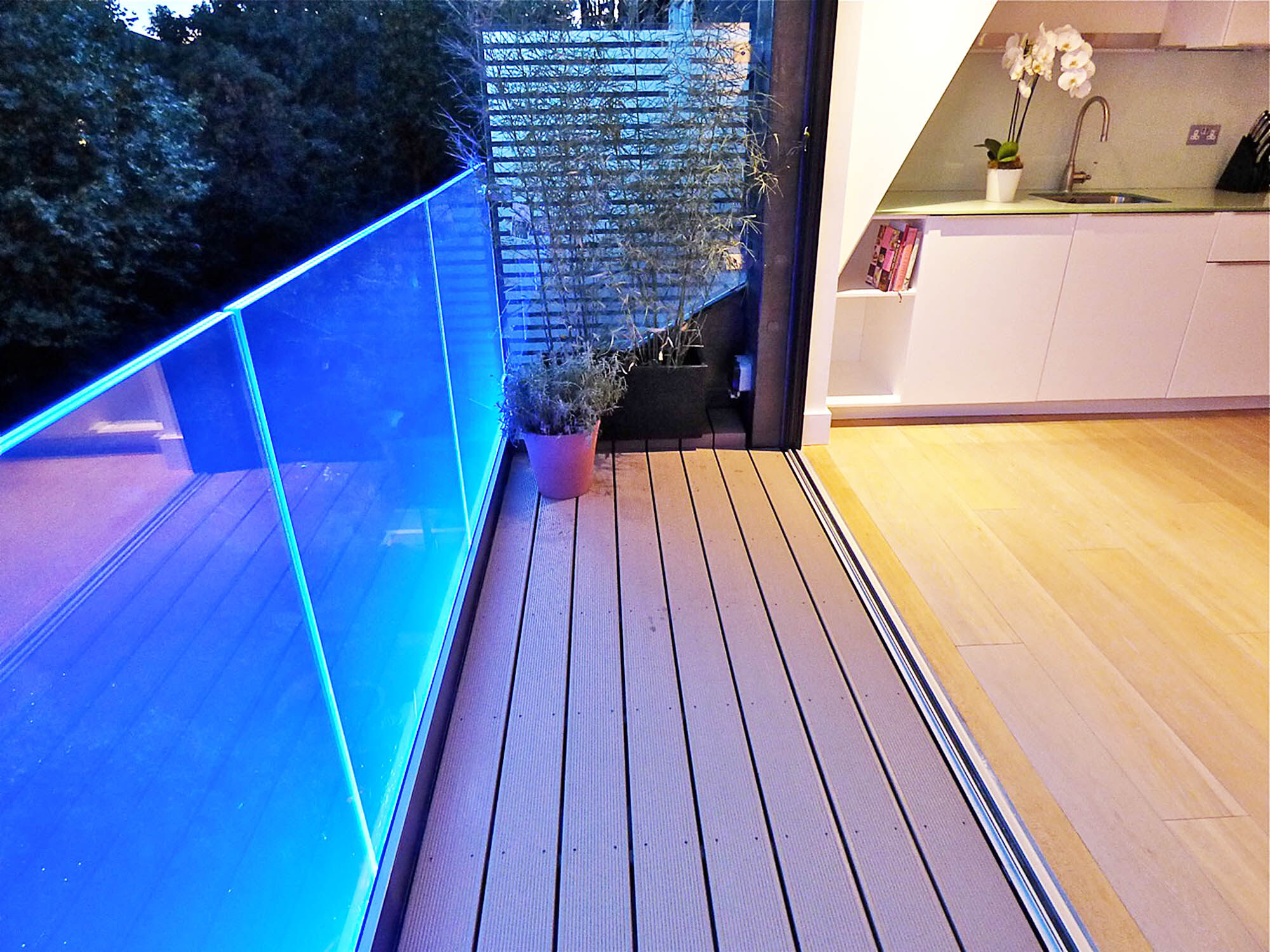Email format error
Email cannot be empty
Email already exists
6-20 characters(letters plus numbers only)
The password is inconsistent
Email format error
Email cannot be empty
Email does not exist
6-20 characters(letters plus numbers only)
The password is inconsistent

News

Exploring Deck Rail Systems: What You Need to Know
Deck rail systems are crucial components of any outdoor space, offering both safety and aesthetic appeal. In this comprehensive guide, we will delve into the various aspects of deck rail systems, including their types, materials, installation methods, maintenance tips, and their importance in enhancing the functionality and beauty of your deck.
Introduction to Deck Rail Systems
A deck rail system, also known as a railing system, serves as a protective barrier around the perimeter of a deck. It not only provides safety by preventing falls but also adds to the overall visual appeal of the outdoor space.
What is a Deck Rail System?
- Posts: Vertical supports that anchor the railing system to the deck surface.
- Rails: Horizontal or vertical elements that run between the posts, providing structural support.
- Balusters: Vertical or horizontal rods, cables, or panels that fill the space between the rails for safety and aesthetics.
- Handrails: Optional but often included for additional support and comfort.
Importance of Deck Rail Systems
- Safety: Prevents accidental falls from elevated decks, ensuring a secure environment, especially for children and pets.
- Enhanced Aesthetics: Adds to the visual appeal of the deck, contributing to the overall design and style of outdoor living spaces.
- Code Compliance: Many building codes mandate the installation of deck railings for safety reasons, ensuring compliance with local regulations.
Types of Deck Rail Systems
There are various types available, each offering unique features and aesthetic options:
1. Wood Deck Rail Systems
Wood railings provide a classic, natural look and can be stained or painted to match the deck's aesthetics. They are durable but require regular maintenance to prevent rot and decay.
2. Metal Deck Rail Systems
Metal railings, such as aluminum or stainless steel, offer durability and minimal maintenance. They are available in various finishes and can complement modern or traditional deck designs.
3. Composite Deck Rail Systems
Composite railings combine wood fibers and plastic, offering the look of wood with the durability of plastic. They are resistant to rot, insects, and warping, making them a low-maintenance option.
4. Glass Deck Rail Systems
Glass railings provide an unobstructed view and a modern, sleek appearance. They are ideal for decks overlooking scenic views but may require more frequent cleaning to maintain transparency.
Choosing the Right Deck Rail System
Consider the following factors when selecting a deck rail system:
Design and Aesthetics
Choose a railing system that complements the overall style of your home and outdoor space, whether it's traditional, contemporary, or rustic.
Durability and Maintenance
Select materials that are weather-resistant and require minimal upkeep to ensure longevity and preserve the railing's appearance.
Safety Requirements
Ensure the railing system meets local building codes regarding height, spacing of balusters, and load-bearing capacity to ensure safety for users.
Installation of Deck Rail Systems
Proper installation is essential for the functionality and safety:
Preparation
- Measurements: Accurately measure the deck perimeter and heights to determine the required railing components.
- Tools and Materials: Gather all necessary tools and materials, including posts, rails, balusters, fasteners, and post caps.
Installation Steps
1. Post Installation: Secure posts to the deck surface or framing, ensuring they are plumb and securely anchored.
2. Rail Assembly: Attach rails between the posts using appropriate fasteners, ensuring they are level and aligned.
3. Baluster Installation: Install balusters between the rails according to the manufacturer's guidelines, maintaining consistent spacing.
4. Handrail Installation: If included, attach handrails to the posts and rails, ensuring they provide a comfortable grip and comply with safety standards.
Maintaining Deck Rail Systems
- Regular Cleaning: Remove debris and dirt from the rails and balusters using a mild detergent and water solution.
- Inspect for Damage: Check for loose fittings, rust spots, or signs of wear regularly and repair or replace as needed.
- Protective Treatments: Apply a sealant or protective coating to wood railings to prevent moisture penetration and UV damage.
Applications of Deck Rail Systems
- Residential Decks: Enhance safety and aesthetics for backyard decks, balconies, and patios.
- Commercial Properties: Provide safety and style for restaurants, hotels, and public venues with outdoor spaces.
- Waterfront Properties: Protect and enhance views for decks overlooking lakes, rivers, or oceans.
Case Studies: Successful Implementations of Deck Rail Systems
Coastal Residence A: Enhancing Views and Safety
Coastal Residence A designed by Seaside Architects, installed a glass deck rail system from Ocean View Railings to maximize ocean views while ensuring safety. The transparent panels complemented the home's modern design and provided unobstructed views of the coastline.
Urban Restaurant B: Creating an Outdoor Oasis
Urban Restaurant B, renovated by Cityscape Builders, incorporated a composite deck rail system from GreenLiving Solutions to create a stylish outdoor dining area. The low-maintenance composite material blended seamlessly with the restaurant's urban aesthetic and provided a durable railing solution for patrons.
Conclusion
Deck rail systems are essential elements that enhance both the safety and aesthetic appeal of outdoor living spaces. By understanding the types, materials, installation methods, maintenance practices, and real-world applications, homeowners, architects, and builders can make informed decisions to create functional, stylish, and safe deck environments. Whether for a residential backyard retreat or a commercial outdoor venue, choosing the right deck rail system ensures a seamless integration with the surrounding landscape while providing peace of mind for users.

